One Good Question: How Countries, Communities and Schools Prepare Youth for Global Citizenship
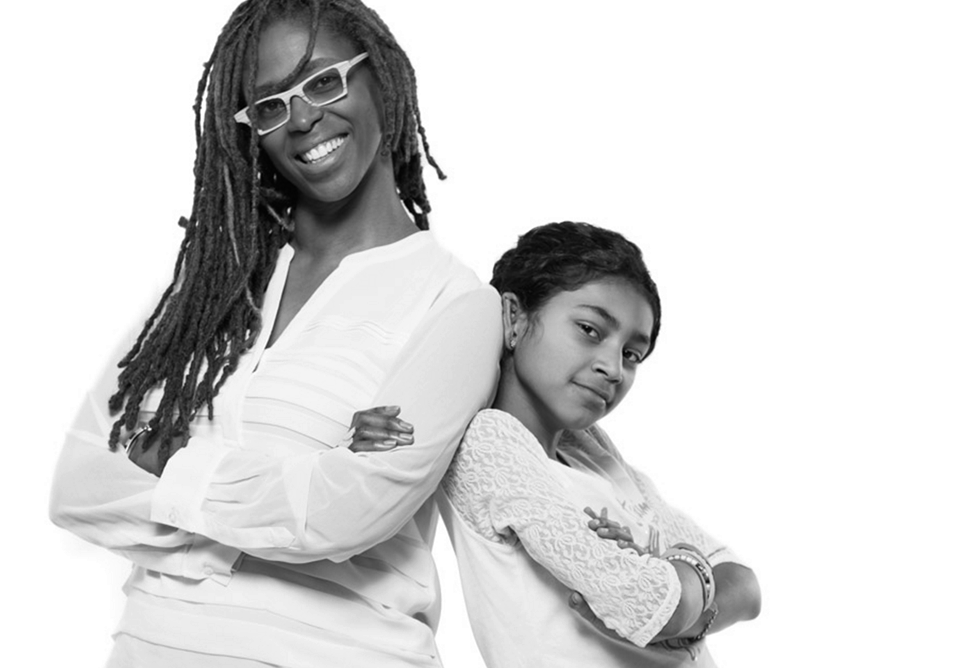
This post is part of a series of interviews with international educators, policy makers, and leaders titled “One Good Question.” These interviews provide answers to my One Good Question (outlined in About) and uncover new questions about education’s impact on the future. This piece originally ran on rhondabroussard.com.
In what ways do our investments in education reveal our beliefs about the next generation’s role in the world?
We’ve inherited a sedimentary system made up of a series of 100 years of laws and policies and practices that for us in the US are federal, state, and local. This is in contrast to an engineered system designed to produce a set of outcomes. So, that’s the first problem: our investments, speaking about our public education system writ large, is this product of a democratic process, and not a design system. It’s many and mixed intentions, it’s compromises both good and bad, it’s consequences both intended and unintended, working itself out over time.
The US has a number of anachronistic fixations with local control and reliable and valid assessments. This fixation has the advantage of vesting investments closest to the kids, but the disadvantage of it is linking it to community wealth. This is a great example of a well-intentioned design principle that has produced outrageous inequities in US education. Education funding and, to some extent, quality are now zip code specific because we vested power in local governments.
When Arne Duncan announced his departure as Secretary of Education, I wrote a blog post suggesting that we mark that day as the end of standards based reform. From Dick Reilly to Arne Duncan, we had an unusual 20-year arc in the US, where federal government had unusually strong influence from a policy (NCLB) and investment standpoint (AARA, Race to the TOP). It was a great moment in US education that marked a national, bipartisan consensus for equity. As a country, we could no longer sit by and accept chronic failure for our nation’s children.
NCLB was designed as a framework for school accountability to make sure that every family had access to good educational options. In retrospect, almost everyone agrees that the steps and measures used were flawed, but if we had used an iterative development process — kept what was good and fixed the obvious problem — the country would be in a better place. One of the problems with NCLB, was that when faced with a choice between measuring proficiency or measuring growth, we latched on to proficiency because it was easy to measure with valid assessments. We largely ignored growth in the law and now we can see the consequences of it. NCLB had a strong focus on getting underperforming kids to grade level which created two unintended consequences: discouraged schools from teaching students who were furthest behind (over age, undercredited), and weaker administrators fixated on the test. Rather than offering a rich, full, inspiring education, they offered test prep. Not only did that not produce lasting academic results for kids, it led to educators trying to game the test, with examples of cheating and embezzlement in the worst cases.
In the past few years we’ve seen funders, media, and eventually schools rally around the next big tech innovation (1:1, MOOC, coding, etc). How much does the next big tool matter for lasting academic outcomes for all students?
The reason that I’m so passionate about public education and investment in innovation is because I think that it’s the fastest path to quality and access to quality in the US and internationally. In my previous Ed Reformer blog, I wrote about education reform, making the system that we have better. Getting Smart reflects the new imperative, for every family and neighborhood around the world, to get smart fast. Innovation is critically important to improving access and quality. It’s why I’m really optimistic that things will get better, faster in the US and accelerate international change as well.
In the US, innovation investment allows us a design opportunity. The design experience that I’m most passionate about, is people who are conceptualizing LX+IT (learner experience + integrated information technology). They’re not just developing new school models but also integrating information systems and student access devices. We’re still in the early innings now of new tools and new schools. There are thousands of good new schools, but there are only dozens of schools that are doing this fundamental design work of reconceptualizing learning environments and learning sequences and the tools that go with it. This is the opportunity of our time: to find ways to scale both the work and the number of folks benefitting from it worldwide.
Internationally, we have the first chance in history to offer every young person on the planet a great education. When we first started investing in scalable models in the US, funders and founders had grand ambitions that assumed linear replication. Over time, we’ve learned that scaling nationally or internationally is much harder than maintaining strong regional programs and outcomes. We’re starting to see a shift in replication and inspiration across geographies. Take Rocketship for example. They run an amazing model that everyone has flocked to see in the past few years. Among the visitors, were two young MBAs from Johannesburg, who took the lessons learned from Rocketship and created SPARK Schools ins Johannesburg. SPARK is as good a blended learning model as I’ve seen anywhere on the planet. Rocketship didn’t have to cross the ocean for that to happen and now students in South Africa are benefitting from a model that was created in the US.
Summit Public Schools has taken a different approach to scaling ideas before scaling schools. This year they have about 19 school partners with their Basecamp model and next year it might be 10 times as many. They have created a powerful Personalized Learning Platform, partnered with Facebook and Stanford to figure out how to scale it broader use, and now team with schools across the country to implement this pedagogy into existing models. We hope that hundreds of schools benefit from their fundamental design work. 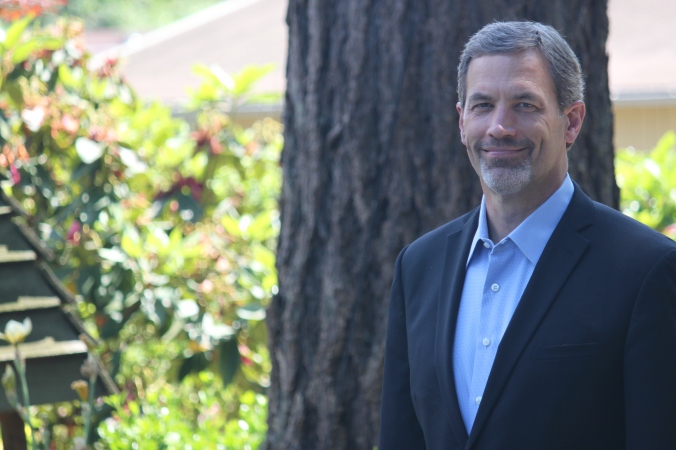 Seeing these types of growth gives me a tremendous sense of optimism that things can get better worldwide faster than most people realize.
Seeing these types of growth gives me a tremendous sense of optimism that things can get better worldwide faster than most people realize.
Tom’s One Good Question: Will we actually achieve equitable education access? I’m concerned that things will get better faster for young people who have engaged and supportive adults in their lives. I’m worried about young people that don’t have engaged parents/adults in their lives. Parents who get powerful learning are raising confident, equipped well-informed young people.
For more check out:
Rhonda Broussard produces One Good Question where she explores international education and access for all students through multiple lenses, but all with the same question. Follow Rhonda on Twitter, @BroussardRhonda.
Stay in-the-know with all things EdTech and innovations in learning by signing up to receive the weekly Smart Update.


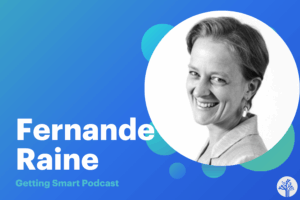


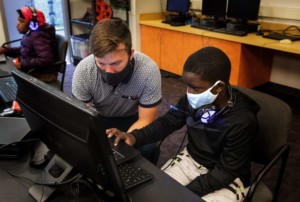
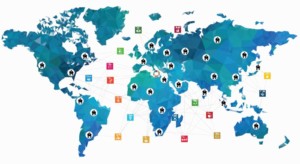
0 Comments
Leave a Comment
Your email address will not be published. All fields are required.